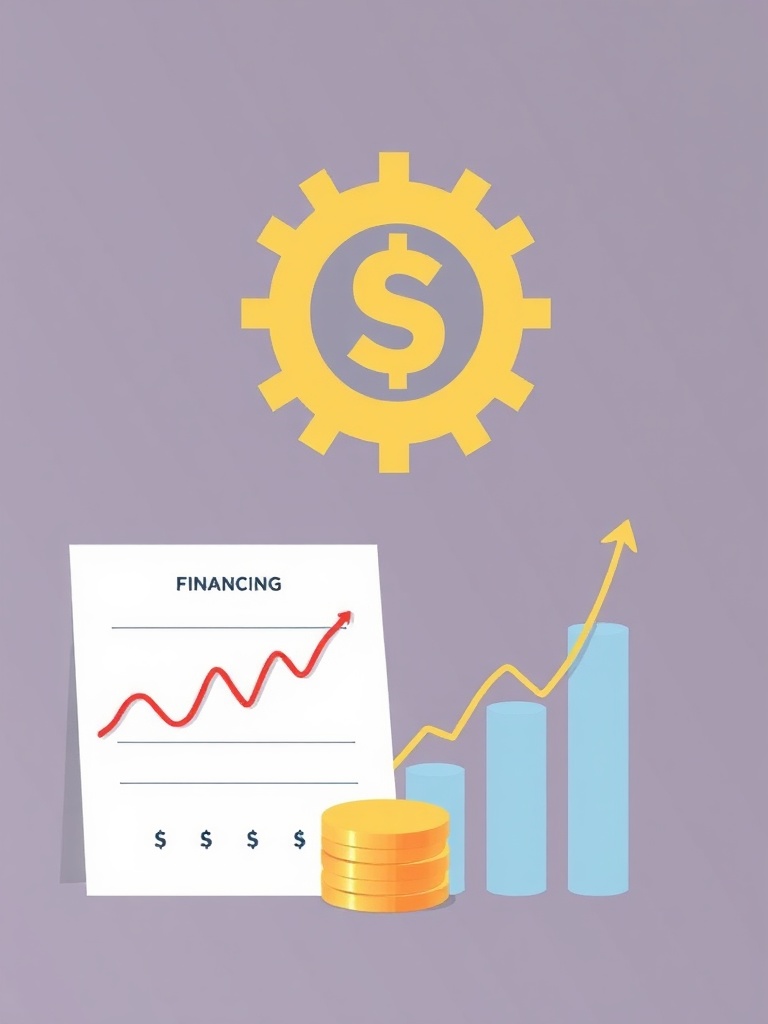Cash flow forecasting is a cornerstone of strong financial management for businesses of all sizes.

Accurate forecasts give leaders a clear view of how much cash will be available, when shortfalls might occur, and what steps to take to protect operations and seize growth opportunities. Here’s a practical guide to building reliable cash flow forecasts and using them to improve financial resilience.
Why cash flow forecasting matters
Cash flow determines a company’s ability to pay suppliers, meet payroll, service debt, and invest. Profits alone don’t guarantee liquidity; a profitable business can fail if cash is poorly timed. Forecasting turns uncertainty into a manageable set of scenarios, enabling better decisions about financing, inventory, and customer credit.
Core elements of a strong forecast
– Opening cash balance: Start with the actual bank balance and reconciling items.
– Cash inflows: Project customer receipts, financing, asset sales, and other cash sources. Use historical collection patterns and planned revenue events.
– Cash outflows: Model payroll, supplier payments, rent, taxes, loan repayments, and one-off expenses.
– Timing and granularity: Weekly forecasts suit short-term decisions; monthly forecasts help with strategic planning. Shorter horizons are more accurate for tactical actions.
Best practices for accuracy
– Use rolling forecasts: Continuously update the forecast by adding a new period as each period closes. This keeps the outlook current and actionable.
– Segment receivables: Break down customer balances by age, customer segment, or contract type to predict collections more precisely.
– Include non-operational items: Capture capital expenditures, tax payments, and dividends to avoid surprises.
– Reconcile with bank data: Sync forecasts with bank feeds to ensure opening balances and recent movements are correct.
– Track variance: Compare forecasted vs. actual cash flows regularly to identify biases and improve future projections.
Scenario planning and stress testing
Build optimistic, baseline, and pessimistic scenarios to understand cash runway under different outcomes. Stress test assumptions like a decline in sales, delayed collections, or supplier price increases. Scenario planning helps prioritize actions—such as extending payables, tightening credit, or arranging short-term financing—before a crisis emerges.
Short-term actions to improve cash flow
– Tighten accounts receivable terms: Offer early-payment discounts, enforce credit limits, and use automated reminders.
– Negotiate payables: Ask suppliers for extended payment terms or staged deliveries to smooth cash demands.
– Optimize inventory: Lower carrying costs by reducing slow-moving stock and using just-in-time purchasing.
– Control discretionary spending: Freeze nonessential hires and capital projects until cash stabilizes.
– Access liquidity: Maintain a line of credit or consider invoice financing when timing mismatches threaten operations.
Tools and technologies
Spreadsheets remain useful, but cash flow management benefits from automation. Affordable cloud-based platforms can integrate bank feeds, accounts receivable, and accounts payable to produce dynamic forecasts.
Choose tools that support scenario modeling and enable collaboration across finance and operations.
Metrics to watch
– Cash conversion cycle: Measures the time it takes to turn inventory and receivables into cash.
– Free cash flow: Indicates cash available after capital investments.
– Days sales outstanding (DSO) and days payables outstanding (DPO): Track collection and payment effectiveness.
– Cash runway: Estimates how long the business can operate under current burn rate.
Getting started
Begin with a simple 13-week cash forecast and build complexity as confidence grows.
Regular review meetings that include sales, operations, and finance will strengthen assumptions and speed corrective actions. Consistent forecasting turns cash from a reactive concern into a strategic advantage.
